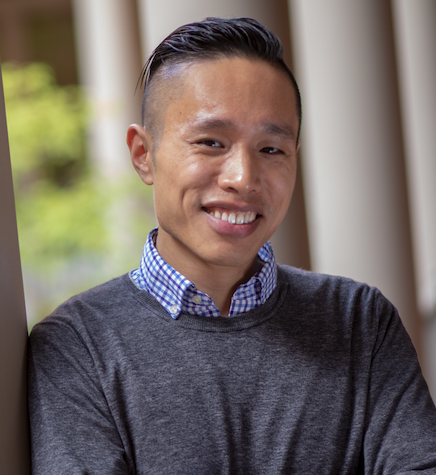I’m standing in the room of my actively dying patient—an elderly Chinese man—with the oncoming night shift nurse on one side and my patient’s wife on the other.
To his family’s knowledge, my patient was perfectly healthy one week ago except for his recent lack of appetite. But now he has been diagnosed with untreatable cancer.
The rounding team decided to discontinue care this morning, but he’s still here.
“Why hasn’t he been discharged yet?” I asked.
“He’s dying and she’s just prolonging it,” the hospitalist responded casually.
As an oncology nurse, it’s not unusual to encounter an actively dying patient. But what continues to humble me are the distinct nuances in how each person responds to the dying process. Social-cultural experiences heavily shape individuals’ perception of a “good death.” My patient’s wife was struggling to find a home hospice that can administer total parenteral nutrition (TPN), a method of feeding that bypasses the GI tract by delivering nutrients that the body needs through a vein. To her, ensuring that she provided for her husband was of greater significance than what we could take at face value.
In many Asian cultures, especially in cases of terminal illness, family caregivers’ desire to provide food to a patient represents a purpose greater than satiating biological needs — for some, it is deeply rooted in filial responsibilities.
Simply put, it is an expression of unrelenting love.
All health care workers are charged with providing culturally responsive care, but developing this skillset requires a commitment to a long-term process of sustainable actions. We can look to principles associated with cultural humility as practical guidelines.
These include, but are not limited to:
- Acknowledging that learning about other people is a lifelong process;
- Addressing differences in social power throughout daily interpersonal dynamics; and
- Targeting systemic changes through partnerships and understanding more contexts from history.
The foundational work of cultural humility starts internally; we each commit to exploring and evaluating ourselves — throughout our lives — about how we are programmed socially to behave around other people. In doing so, we elevate our professionalism for the communities we serve and are more capable of holding our institutions accountable. We are ultimately better equipped to help to make the world a better place for all.
Addressing Asian Americans and Pacific Islander (AAPI) misconceptions for cultural humility
Asian Americans and Pacific Islanders (AAPI) are currently the fastest growing demographic in the U.S., and while immigrants currently represent the majority of Asians in the country, Asian Americans have been living here for over 200 years before the U.S. was even an independent country. What’s more, the group is far from homogenous, and grouping so many cultures under a single umbrella risks hiding from view disparities across various social determinants of health. The ongoing impacts of the “forever foreigner” and “model minority” myths in the U.S. that emerged in the 19th and mid-20th centuries, respectively, feeds into implicit biases about AAPI demographics. These include AAPIs not facing social-economic struggles and not needing a focus in anti-racist initiatives, which in turn perpetuates harm to individuals and communities.
Recognizing the inherent diversity among AAPI’s in the U.S., as well as the roles of the forever foreigner and model minority myths in subjugating and dividing AAPI’s from other communities of color, is crucial for promoting equity and inclusion.
We as health care workers, and as humans, must commit to an ongoing practice of cultural humility.
Read more:
- Providing Clarity on Health Care
- Translating the Evidence
- Admissions Talks: What Does “Diversity, Equity, and Inclusion” Mean to Admissions?
ABOUT THE AUTHOR: EMILY VO
Emily Vo, MSN, RN is an oncology nurse at City of Hope National Medical Center. After graduating from UCLA in 2018 with a BS in Biology and a minor in Asian American Studies, Emily pursued a degree in nursing at the Johns Hopkins School of Nursing (JHSON) while performing research in burden at the end of life.
ABOUT THE AUTHOR: JONATHAN SUEN
Jonathan J. Suen, AuD, is currently a PhD candidate at the Johns Hopkins School of Nursing (JHSON) where his research examines the relationship between hearing loss and loneliness in older adults through a mixed methods design. Following his clinical studies in audiology at Gallaudet University, he completed a postdoctoral fellowship with Dr. Frank Lin where he developed a novel community-based delivery model of hearing care through innovative academic-community partnerships. Through his activities at the JHSON’s Center for Innovative Care in Aging, he fostered an interest in healthy aging, health equity, and behavioral interventions. He is currently co-advised by Dr. Jennifer Wenzel at the JHSON and Dr. Frank Lin at the Cochlear Center for his PhD training.


